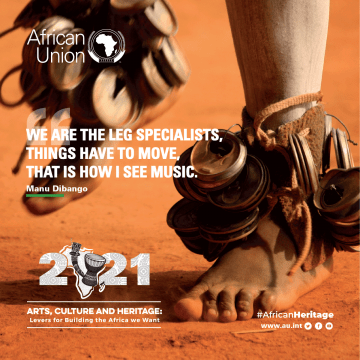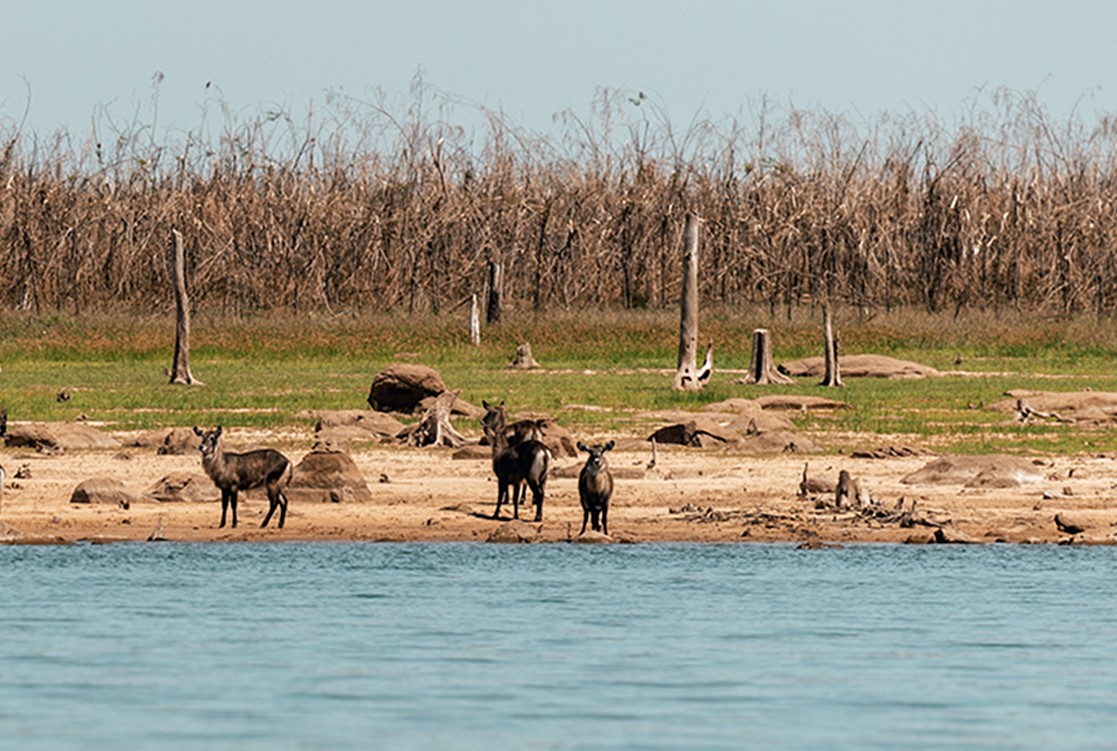
Namibias-Media-Ombudsman-John-Nakuta-pic-The-Namibian-1.jpeg
By: Vitalio Angula
The publishing of a photo depicting a lion that was tracked down and killed by rangers of Namibia’s Ministry of Environment, Forestry and Tourism on Saturday 10 August (World Lion Day) on the New Era Newspaper Instagram account has been described by Media Ombudsman John Nakuta as unethical and inconsistent with the high standards of reporting expected of Namibian media.
“In the context of the lion that has been killed one can regrettably say that the photographing and the publication of the dead lion also with the depiction of the people in there are unfortunately inconsistent with the noble standards of ethical reporting, lawful reporting and the non-glamorization of violence, and that goes all against the requisite standards of conduct as set by the Code of Conduct for Namibian Media”, Nakuta said.

The lion – which is among two others that entered Namibia from Botswana – has been blamed for killing and threatening livestock in the Eastern Omaheke region of the country and was designated problem animal status.
This led to it being tracked down and killed.
Deputy Director at Namibia’s Ministry of Environment, Colgar Sikopo, says the Nature Ordinance of Namibia which is the law that safeguards Namibia’s wildlife from harm is silent on the publishing of photos depicting animals being harmed but he said the revised policy on human-wildlife conflict which is being translated into law makes provision for outlawing photos depicting animals being harmed.
“The Wildlife and Protected Areas management Bill is at an advanced stage and we hope it can still be enacted before the end of this year”, Sikopo said.
“This will assist us to control and to enforce the provision of not publishing such photos of animals being “destroyed” in such a manner because of the negative impact it may have on Namibia’s good reputation in nature conservation”, Sikopo noted.
Speaking on behalf of the Namibia Lion Trust, Tammy Hoth, said the photo of a lion that was killed by the conservation authorities can send the wrong message and undermine gains made by the country in its conservation efforts.
She also described the photo as inhumane and lacking sensitivity to people who have a soft spot for lions and other mammals which are under threat from poachers and natural phenomenon such as droughts which are depleting their hunting grounds and forcing them into areas inhabited by humans.
“The negative impact on social media in this case is huge, unfortunately the people behind the camera ( ) are hyped up and feel relieved that the lion that killed their livestock is now dead. To these farmers the problem has gone away….. They do not understand what the conservation of lions entails, they want them gone!
“The effect thereof on social media generated the opposite effect making the government, the farmer, the hunter the bad guys. This definitely does not promote Namibia as a conscientious country”, Hoth remarked on the shooting and publishing of the photo of the dead lion.
Hoth suggested the photo should have been blurred to make it more acceptable for mainstream media.
Regarding rising cases of human-wildlife conflict in Namibia which is driven by drought, loss of habitat, and human encroachment on traditional wildlife hunting grounds, Hoth says translocations and relocations are possible but are very complex when it comes to lions.
“When conflict species move into an area and cause damage, the longer the animal remains in the area the more damage it causes”, Hoth explained.
“Unless these animals are known to researchers and were fitted with GPS collars so their movement could be monitored very little can be done to remove them humanely and take them to another location far-away from farmland”, Hoth further explained.
Ministry of Environment authorities reported three lions that moved into Namibia from Botswana as problem animals that have killed and attacked several livestock in the Omaheke region of Eastern Namibia.
Spokesperson of the Ministry Romeo Muyunda says the ministry is still putting together a report that will be availed to the media. The report will also quantify the number of livestock losses due to the lion.
Muyunda said the ministry does not condone the publishing of photos of lions that have been “destroyed” by authorities and this position will also be clarified in the report.
Editor at the government owned newspaper, the New Era, Jonathan Beukes, says it was necessary to publish the photo because it was deemed as newsworthy and in the public interest.
“Whenever it is newsworthy we will publish, that specific area and the way the lion met its demise justifies the publishing of the photo”, Beukes said.
When asked about his concern regarding animal welfare groups who oppose the publishing of photos of animals being harmed, Beukes responded by saying, “Animal welfare groups are usually white imperial minded groups and we don’t need to dance to their tune”.









